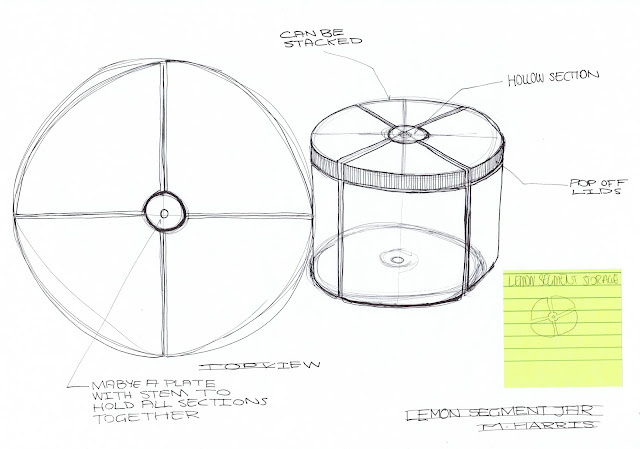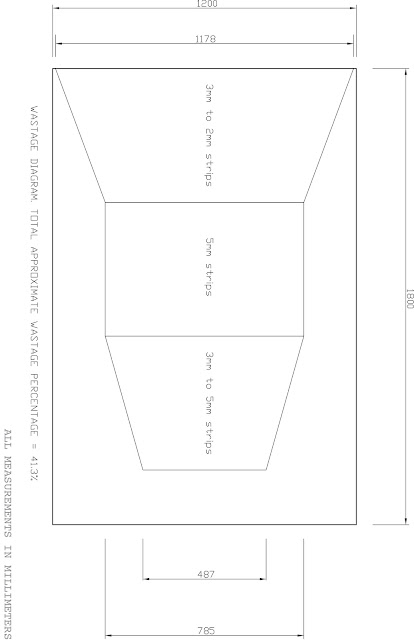The 11th hour is an informative and beautifully executed documentary illustrating the struggles humanity are facing in tackling global warming. The documentary covers areas including changing the philosophies of design, while focusing on the influence the upcoming generations will have on changing the ideologies of people around the world. This will be revolutionized by reprogramming the human psyche to change spending habits and redefine what producing environmentally sustainable products of desire are.
When watching this film there were several insights given by the presenters that have made me think about the impact, not only my life, but the life of my family have on the environment. Thinking about how our future on earth will be shaped by our actions we take now; and how they will impact on the lifestyle we lead currently. What has become obvious are the initial thoughts people face when thinking about a sustainable future. They start with us thinking about sacrifice and giving up everyday luxuries in order to eradicate our impact. Instead what people should be thinking about is maintaining their lifestyles sustainably and efficiently. We are able to adapt to this new methodology by simply adopting a few simple household techniques to make our consumption minimal.
Another part of the documentary which resonated with me is our unique ability to learn from the past to correct/direct us in the right direction for the future. Events in the past like the industrial revolution to our simplistic ways of life before the technological age can influence and inspire us to regain some of the qualities of life we had. When looking back to our pastural ways the land we used was our land. The owners of the land were responsible to maintain and continually cultivate it to be able to use it to its fullest potential; primarily to grow food and make a living. The interviewees on the documentary did not suggest that we move back to our agrarian ways, but to consider how we lived and replicate certain elements to make your impact resourceful, not greedy.
There are many fears which scientists are acknowledging that should be making our actions accelerate. Yet, because of our political and cultural boundaries we are making excuses and avoiding the issue at hand. This should be looked at as an exciting time for designers. We are the generation that are able to look at everything; whether it be a simple stainless screw to the composite machines we use in medicine. We are able to redesign everything, create new materials and explore different solutions to our new problem. We are in the Sustainable Revolution.
By Mitchell Harris







